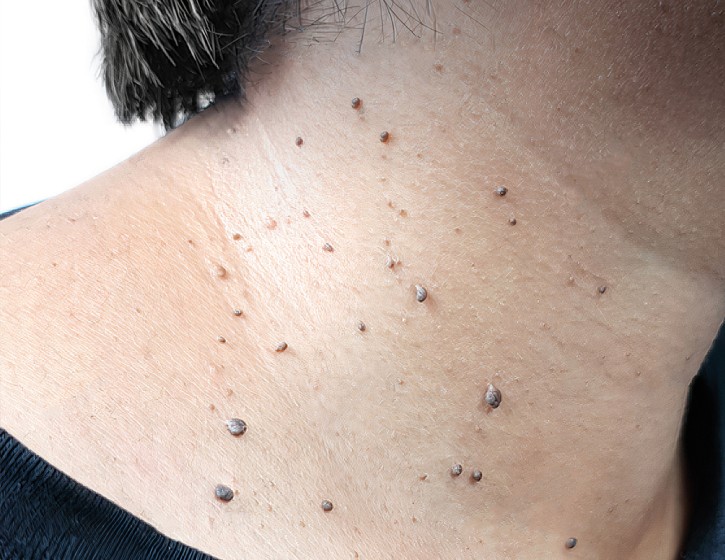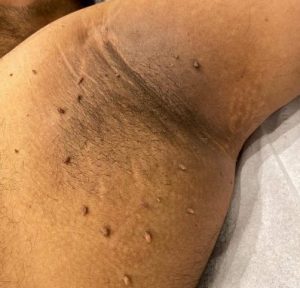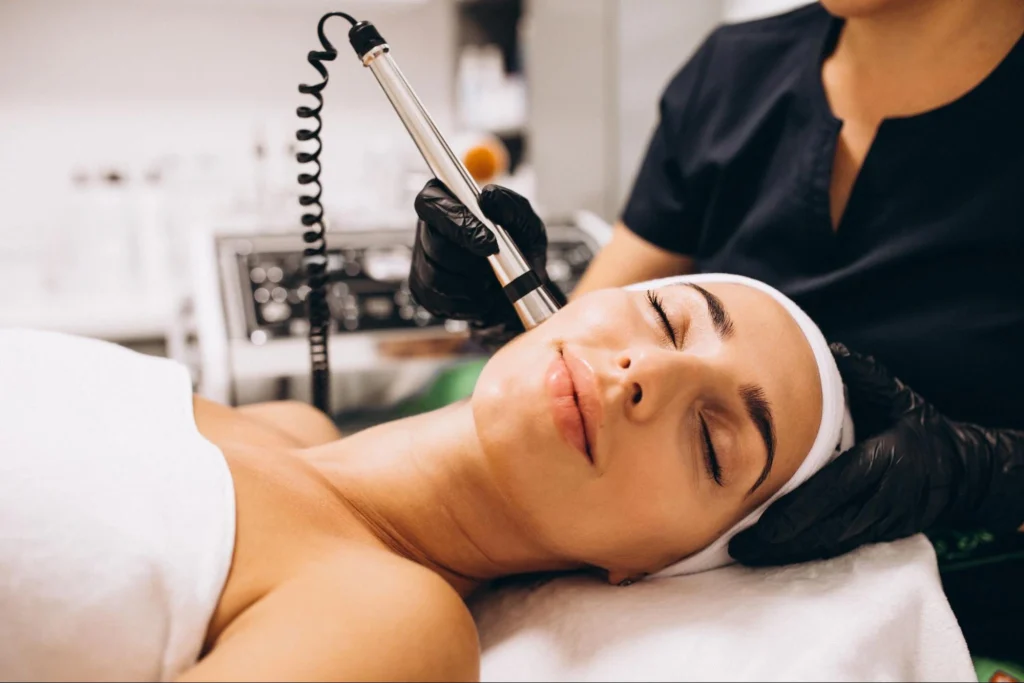Do you need to find out more about skin tag removal in London? If so, this article is for you. In this article, we’ll talk about what skin tags are, whether they’re dangerous, How to remove skin tags and whether certain people are more likely to develop them. Read on to find out more…
How to remove skin tags and skin tag causes?
Skin tags are small growths which hang off the skin. Although they are very common and shouldn’t cause you any harm, they can irritate some people. This is why so many people opt to have them removed. The tags are normally the colour of the rest of your skin, although some can be darker and can be up to 1cm wide. To find out more about skin tags, where they normally develop, how they can develop, which treatments are available and why you shouldn’t ever try to remove a large skin tag yourself, read on.
Are skin tags dangerous?
Skin tags are generally harmless. They don’t develop into cancers or skin diseases. This means you shouldn’t need to worry about your health if you do discover a skin tag on your body. Nonetheless, many people do find skin tags irritating, whilst others dislike their appearance. These are two reasons why someone might opt for skin tag removal in London.
Nonetheless, it’s always wise to verify whether something you suspect might be a skin tag isn’t something else. Some people have misidentified warts as skin tags in the past. Warts are infectious, which means they need to be treated as quickly as possible to prevent them from spreading or worsening. If you’re not sure whether something is a skin tag or something else, it’s best to seek out medical advice as soon as you can.
Where are skin tags normally found?
Skin tags are most commonly seen on the neck, armpits, around the groin and underneath the breasts, but they can also appear around the buttocks and on the eyelids. Although they are sometimes compared to warts, skin tags tend to be softer, smoother and more knobbly. Furthermore, they are not contagious.
Why might a skin tag develop?
A skin tag is made of blood vessels and loose collagen fibres. Skin tags can appear in men and women, and they are common amongst people who have type 2 diabetes or are obese. If you are pregnant, there’s a chance you could develop skin tags because of changes in your hormone levels. However, skin tags can also appear for no reason at all. They often appear in skin folds after one part of your skin rubs against another part.
Some people appear to be more prone to developing skin tags than other individuals. One of the reasons why pregnant women often develop skin tags is that pregnancy causes the brain to stimulate the growth hormone production so the body can grow. Skin growth is part of this process. Genetics can also cause someone to develop skin tags, as can old age and obesity. Nonetheless, help is always available if you do want to get rid of a skin tag in London.
How can skin tags be removed?
Multiple methods can be used to remove skin tags. One method used to remove skin tags is the Cryopen method. However, this isn’t particularly kind to the skin and is more likely to leave scarring than the method that we use at Shumaila’s, which is the electrolysis method. With this method, we cut off the skin tag with a small needle and cauterise it with a high frequency current (shortwave diathermy). This treatment has been used to treat various problems for centuries and has become safer and more effective thanks to the evolution of technology. This method is not painful even if it can be a little uncomfortable. Most patients cite a sensation similar to a pinprick.
Our skin tag removal appointments last for a maximum of 30 minutes. During these appointments, we attempt to remove as many skin tags as we possibly can. You will only require one session if you only have one skin tag to remove. Otherwise, the number of sessions you need will depend on how many skin tags you have. You may require further sessions if you have a considerable number of skin tags. In any case, you can rest assured that you’re in the safest possible hands when you opt for our services.
Can’t I remove a skin tag on my own?
It’s always better to seek out professional assistance if you do have a skin tag to remove. Removing a skin tag yourself can be particularly dangerous if it is a little on the large side as you could find yourself bleeding heavily, and may also be at risk of infection. Freezing or burning skin tags can lead to irritation and temporary skin discolouration. Furthermore, the skin tag may not come off and you may need extra treatment.
Never put your safety at risk if you are thinking of removing a skin tag or anything else you wish to remove that’s developed on your body. The best step to take is to always seek out professional medical advice and talk to an experienced dermatologist or skin specialist. Unfortunately, there is some very dangerous advice on the internet involving methods that could leave permanent scarring on your skin. These include the use of acid, which can be very risky indeed.
Skin tag removal from Shumaila’s London
At Shumaila’s, we have vast experience when it comes to skin tag removal in London. Our team is home to qualified and experienced aesthetics professionals who are industry specialists. These experts regularly attend refresher training to continue providing the best, safest and most effective solutions in the industry. We are waiting to hear from you right now if you’re ready to learn more about our highly effective skin tag removal services in London. Why not get in touch today to find out more about our skin tag removal treatments?
Shumaila’s aesthetic and laser clinics in London and Essex provide the most advanced laser hair removal, suitable for almost all skin types. Book your FREE consultation today to find out if you are suitable for permanent laser hair removal.



